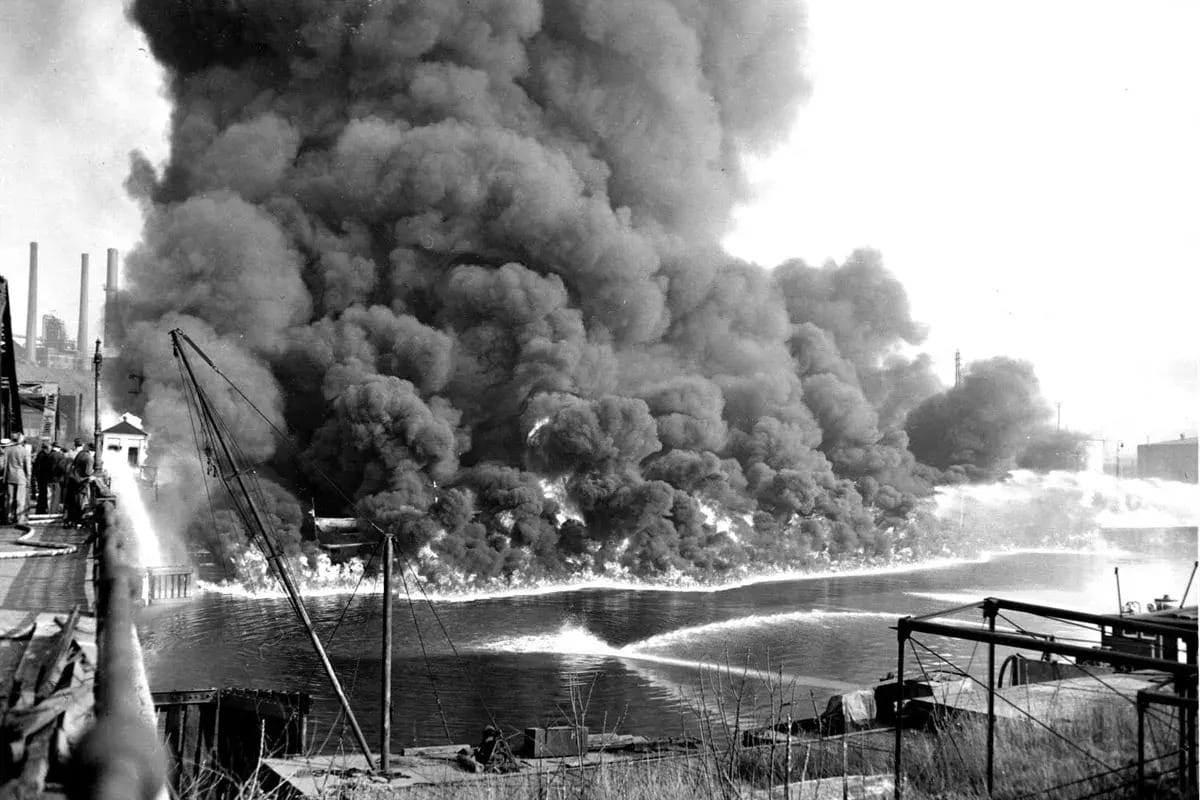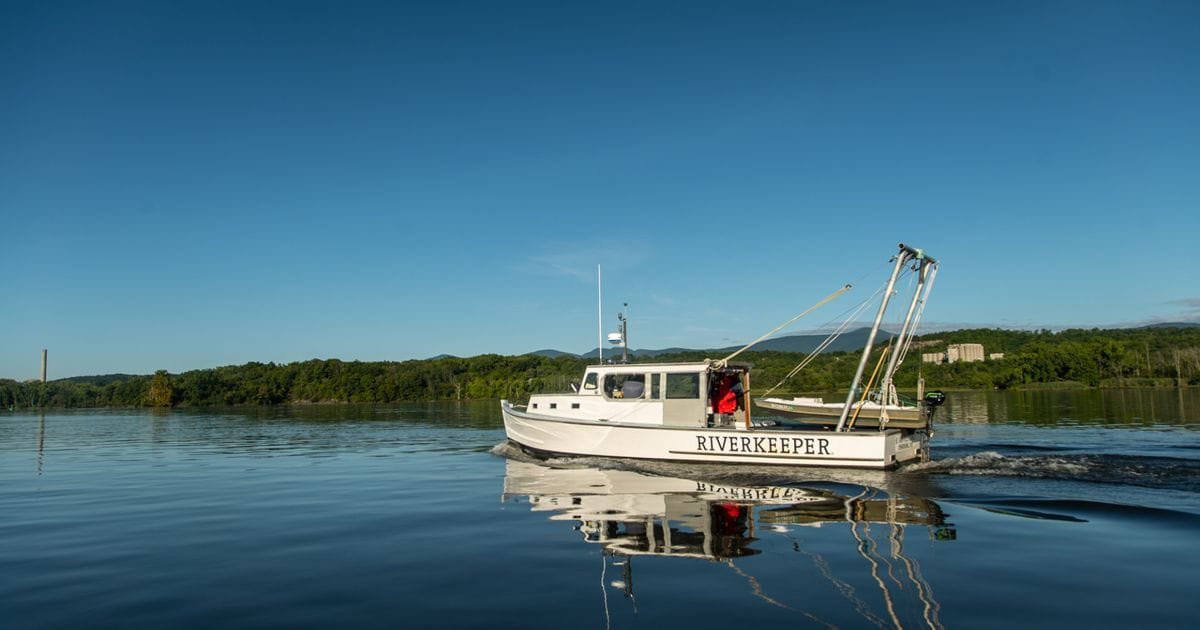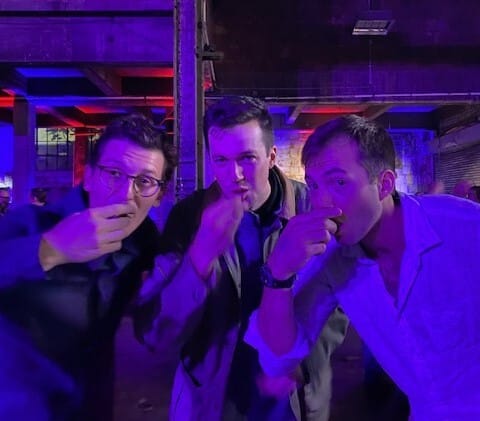- Overstory
- Posts
- Oysters Part III: The Comeback
Oysters Part III: The Comeback
How oysters (and an entire ecosystem) have rebounded from collapse

There is a duality to nature between fragility and resilience. I find myself going back and forth in awe of one or the other.
On the one hand, as an outdoorsman, I am sensitive to the countless ways that unintentional human interference has affected wildlife. Altering the flow of waterways, runoff from salt chemicals on the road, introduction of invasive species, light pollution, global warming—all have ripple effects which have carried serious consequences for ecosystems.
On the other hand, it sometimes seems like nature is built to make a comeback. Once we, as humans, ease up, nature often has a way of finding its way back.
A memorable example of this was the reports and footage captured of wildlife during the onset of COVID lockdowns. Around the world wildlife took to empty streets and waterways typically trafficked by humans.
Another example is the story I wrote about the Eastern turkey’s near extinction in the 1800s—now it seems turkeys can be found anywhere but the woods where I am hunting.
In a similar way, even after the long list of offenses that I described in my last post, oysters are having a comeback of their own.
This has been made possible by increased awareness and improvement to ecosystem health, largely attributable to conservation organizations including Riverkeeper and Billion Oyster Project.
The Problem Started Before Pollution
The central issue that led to the decline of New York’s oyster population wasn’t just the pollution that took place. The problem was what allowed the pollution to happen.
Wildlife relies on stakeholders to give it a seat at the table. After oyster harvesting in New York Harbor was banned amid health concerns, a significant portion of those stakeholders fell away. This was coupled with the fact that, at the time, people did not have an appreciation for the long-term impact of pollution or the way that our ecosystem’s health is intertwined with our own.
All of this resulted in interests being heavily skewed in the direction of corporations and utilities who had little concern or understanding of the implications of industrial pollution.
Throughout the 1900s, there were some stakeholders who stood up for the health of the Harbor, but this was largely limited to a few conservationists and local fishermen. For the most part, that was not enough to reach critical mass and effect change.
It wasn’t until the problem became impossible to ignore that real change came. By the 1960s waterways across America were in peril. In Ohio, the Cuyahoga River caught on fire, which captured national attention.

The Cuyahoga River fire was one of many events that made it impossible to ignore the extent of industrial pollution
In 1972, the Clean Water Act was passed with bipartisan support with the goal of making all U.S. waters “fishable and swimmable”. This was the turning point in the health of our waterways, providing legal recourse and giving waterways a permanent seat at the decision-making table.
Riverkeeper
Riverkeeper had been formed a few years prior to the Clean Water Act in 1966 as the Hudson River Fishermen’s Association. It’s primary purpose was to protect the interests of fishermen who relied on the New York Harbor for their income.
In 1983, the Hudson River Fishermen’s Association became Riverkeeper, reflecting their mission to be the eyes and ears on the water, protecting more than just fishermen. It was a simple model—they put boats on the water to patrol for pollution and once identified, would pursue legal action using the framework of the Clean Water Act.

Riverkeeper boats still monitor the Hudson today
Their legal action was supported by a team of lawyers, most notably Robert F. Kennedy Jr. (now famous for other reasons) who was the chief prosecuting attorney for the organization.
Riverkeeper led cases against polluters including Exxon, Con Edison, GE, and others. Just one example of their work—they were critical in getting GE to agree to commit $2Bn+ to dredge 40 miles of contaminated soil following their dumping of PCBs into the water.
In countless other ways, Riverkeeper played an integral role in stopping pollution and laying the groundwork for a changing public attitude toward the New York Harbor. Their work led to a dramatic decrease in pollution, improved drinking water for the city, and made it possible for things like the West Side Highway Park to secure city funding.
Perhaps most importantly, Riverkeeper started a model for enforcing environmental action that was replicated across the world. In 1999, RFK Jr. and others started Waterkeeper alliance, which now supports over 300 local “Waterkeeper” organizations around the world.
Billion Oyster Project
With the groundwork for a cleaner Harbor set, another organization emerged and is leading the charge in reestablishing oyster populations.
Billion Oyster Project is a New York-based organization started in 2014. The name ties directly to their goal—to reinstate one billion oysters in New York Harbor by 2035. In partnership with the city, restaurants, and oyster farmers, they are advocating for a healthy ecosystem, educating people on the importance of oysters, and facilitating the regrowth of oyster beds in the harbor.
As with many things, raising awareness is key. Billion Oyster does a lot of work in classrooms, making sure students understand the importance of oysters and how they can have an impact.
They are also responsible for projects that are actually facilitating the regrowth of oyster beds.
Oyster beds grow as oysters release larvae (not my favorite word, but important in this context). Those larvae need something to latch onto. Most commonly, that anchor is another oyster shell. After years of pollution, the ground floor of the Harbor had become a desolate wasteland of muck—nothing for oysters to latch onto. So, one step in the reintroduction is creating habitat by giving oyster larvae something to latch onto.
The solution that the Billion Oyster Project found was simple and right in front of our eyes. People still like eating oysters. All over the city, restaurants serve oysters and throw out the shells. Instead of sending the shells to the landfill, we just need to put them back into the water.
83 restaurants in New York, including The Smith and the Drift In on the West Side Highway, have partnered with Billion Oyster to collect their used shells, prep them as hosts for oyster larvae, and put them back into the harbor.
Each year, they host the Billion Oyster Party, which brings restaurants, farmers, and consumers together to drink, eat oysters, and listen to music. Oyster farmers from across the country come and set up at booths, allowing you to go stall-by-stall, tasting the different oysters from around the country.

Scenes from Billion Oyster Party in 2023
At the end of the event, the shells go back into the Hudson and the money raised goes toward educational programs and lab funding.
By reintroducing growing structures and facilitating seeding of oyster larvae, Billion Oyster Project estimates that 150 million oysters have been reintroduced to the New York Harbor over their first 10 years.
The oyster’s comeback is a testament to the resilience of nature. It is also an inspiration of how people can actually make a difference.
The beauty of focusing on oysters is that other species will benefit too. More oysters means cleaner waters and habitat for other marine life. In this way, the story of the decline and rebirth of oysters in New York is about more than just oysters. It is a story about the decline and rebirth of the entire ecosystem.
You can fill a book with the history of oysters in New York, and at least a couple of people have (see American Catch and The Big Oyster), but for now, I’ll leave my three-part series here. You can rest assured, however, given their importance and fascinating history, there will certainly be more oyster content to come. Perhaps even a volunteer day with Billion Oyster.

Reply